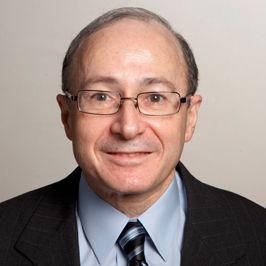Video
Plaque Psoriasis: Unmet Needs
Author(s):
Jerry Bagel, MD, MS, and Alexa Hetzel, MS, PA-C, touch on unmet needs that remain in the treatment of plaque psoriasis.
Jerry Bagel, MD, MS: With that, we’ve talked about the biologics, the systemics, and we have this whole workbox full of medications for psoriasis. What are some of the unmet needs in the treatment of psoriasis?
Alexa Hetzel, MS, PA-C: It is such a loaded question because we have over 330 million people in the United States, and there are supposed to be 10 and a half million of those who have psoriasis. Where are they? We see so many, but we don’t see 10 and a half million. A lot of the patients either don’t know that they have it, or we can’t find them.
Jerry Bagel, MD, MS: That’s true. Also, the cost of biologics is exorbitant. They work, and it’s amazing to me how many insurance companies pay for it, but even when patients come in, they’ll find in some cases that they have a really high co-pay, like $300 or $400 a month, and they can’t afford that.
The other real unmet need is that the medical community as a whole doesn’t recognize psoriasis as a systemic disease. We have seen the data that show there’s an increased frequency of heart attacks and strokes in young people with psoriasis. If we treat them, we’ve seen that go down. I don’t know if there’s enough. We have to start considering psoriasis to be like diabetes. We need to have centers for psoriasis that have a rheumatologist, psychologists, nutritionists, gastroenterologists, or cardiologists all right there to benefit the patient completely because as dermatologists, we’re going to check their blood, and we’re going to see their cholesterol is high, but we’re not going to treat their cholesterol. There needs to be a different kind of game plan put into place where a patient with psoriasis could go to get all of their medical problems addressed. That’s one of the basic unmet needs.
Alexa Hetzel, MS, PA-C: How hard is it for patients to get into rheumatologists? We almost wear 2 hats sometimes, treating their joints and skin.
Transcript Edited for Clarity





